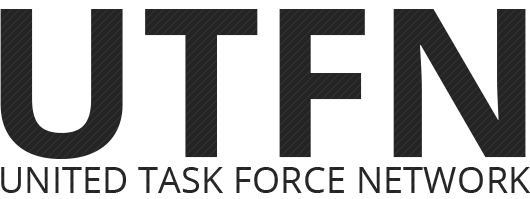A transactional radio network is a network based on a transaction: a back and forth set of messages between a defined set of participants. It is bases on the following principles:
- Radio handshake: Every transaction (conversation) begins with a handshake that defines who will participate in the transaction. The handshake is initiated by the sending party and acknowledges by the receiving parties. This way, all parties are confident all other parties are ready to transmit and receive information. See FM/BS-822 - Initiate a conversation on a transactional network for how to perform the handshake.
- Convey meaning through standardised words: To maximise understanding and minimise mixups, standardised words are used to convey a defined meaning. These words are choses so they cannot easily be confused with other words, especially when interacting with non-native English users.
- Transaction end: Every transaction should be ended according to FM/BS-824 - End a conversation on a transactional network. This ensures everyone on the radio network is aware the transaction is over, and that another transaction may be started.

